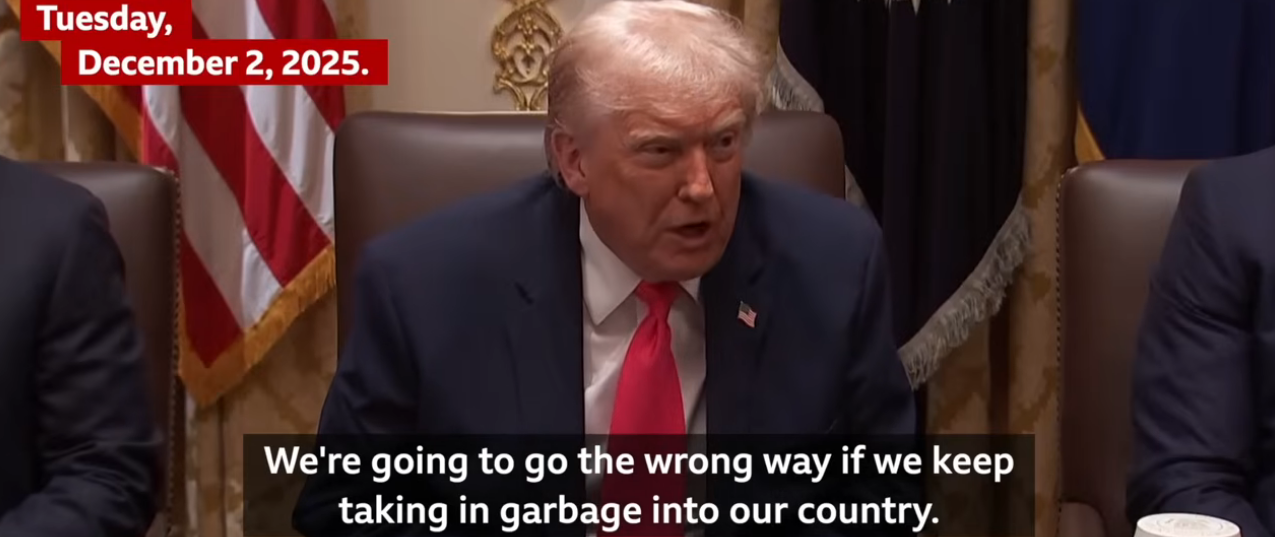What’s happening in Flint, Michigan, is unconscionable.
A city of 99,000 people — 56 percent African-American, 40 percent living below the poverty line — has spent nearly two years with poisoned water.
Nearly two years of boil orders, foul smells and false reassurances that the water was safe to drink.
Nearly two years of having residents’ concerns dismissed and belittled by the state government.
Now, thousands of kids may have been exposed to harmful levels of lead, which can irreparably harm brain development and cause learning and behavioral problems. The rate of lead poisoning among children has nearly doubled since Flint approved a state-appointed emergency manager’s plan to switch their water source. And even now that the state is finally launching a belated response, Flint’s undocumented immigrant community is reportedly afraid to get the help they need.
Flint isn’t alone. There are a lot more Flints out there — overwhelmingly low-income communities of color where pollution, toxic chemicals and staggering neglect adds to families’ burdens.
We need to face some hard truths about race and justice in America. After 250 years of slavery, 90 years of Jim Crow, and decades of “separate but equal,” our country’s struggle with racism is far from over. That’s true in our criminal justice system. In our education system. In employment, housing, and transit. And tragically, it’s true in the very air our children breathe and in the water they drink.
What’s happening in Flint today happened 10 years ago in predominantly low-income, African-American and Latino areas of Washington, D.C. Lead leached into the water there for four years. In high-risk neighborhoods, the number of toddlers and infants with lead poisoning more than doubled.
In Baltimore, families have received settlements for the lifelong health effects of childhood lead poisoning. And now private companies are going around getting people, many of whom are permanently disabled, to sign away hundreds of thousands of dollars in future payments in exchange for a few thousand dollars right away. It’s an outright abuse of vulnerable people who have been hurt too many times already.
Near San Francisco, where housing prices have skyrocketed, many low-income families live in more-affordable Richmond, California. Richmond is 26 percent African-American and 40 percent Latino, and the housing prices are low for a reason—because the city is surroundedby oil refineries, chemical companies and eight Superfund sites. It’s no surprise that the city has the highest hospitalization rate for asthma in all of Contra Costa County.
Twenty seven schools are within 1 mile of a high-risk chemical facility in the Manchester neighborhood of Houston — a neighborhood that is 85 percent Latino. In Manchester, rates of childhood leukemia, asthma and bronchitis are all above average. The children who go to public schools there are 56 percent more likely to get leukemia than kids who live 10 miles away.
And low-income white communities are by no means immune. In 2008, 525 million gallons of toxic coal ash, which contains lead and thallium, among other toxins, spilled in Tennessee, covering 3,000 acres of land, destroying 12 homes and flowing into the Tennessee River, which provides drinking water. The long legacy of coal mining has left Appalachia and other coal regions pockmarked with toxic sites in need of cleanup.
Environmental justice can’t just be a slogan — it has to be a central goal. Cities are full of lead paint in low-income housing, lead embedded in the very soil from the days of leaded gasoline. Already, African-American children are twice as likely to suffer from asthma as white children — and climate change will put vulnerable populations at even greater risk.
I’m not new to this fight. As first lady, I worked with the EPA to bring attention to the link between air pollution and child asthma. In the Senate, I made this a central issue, fighting for more support for lead paint and soil remediation in New York and across the country, pushing the EPA to establish indoor air quality standards for schools, and working across the aisle to call for a national program tracking the health effects of pollution. At the State Department, I took the fight for environmental justice worldwide with the Clean Cookstoves Initiative.
And as president, I will make environmental justice a central part of my comprehensive commitment to low-income communities of color — by pursuing cleaner transportation; ambitious steps to reduce air pollution; dedicated efforts to clean up toxic sites; more resources for lead remediation; and greener, more resilient infrastructure. Because clean air and clean water are basic human rights — and our rights shouldn’t change between ZIP codes.
Communities and kids across our country have been bearing the burden of environmental racism for too long. It’s harming their health, their educations, every aspect of their lives and futures. We can no longer accept the status quo — and as president, I never will.
This Op-Ed was originally published on MSNBC.com







Comments are closed.